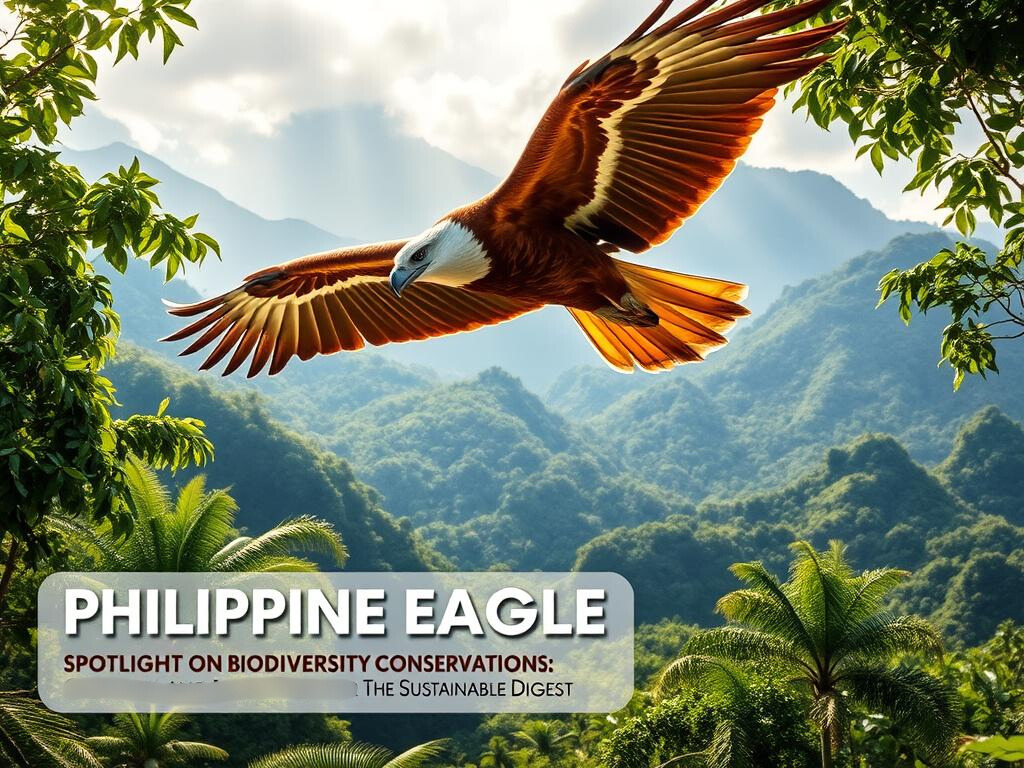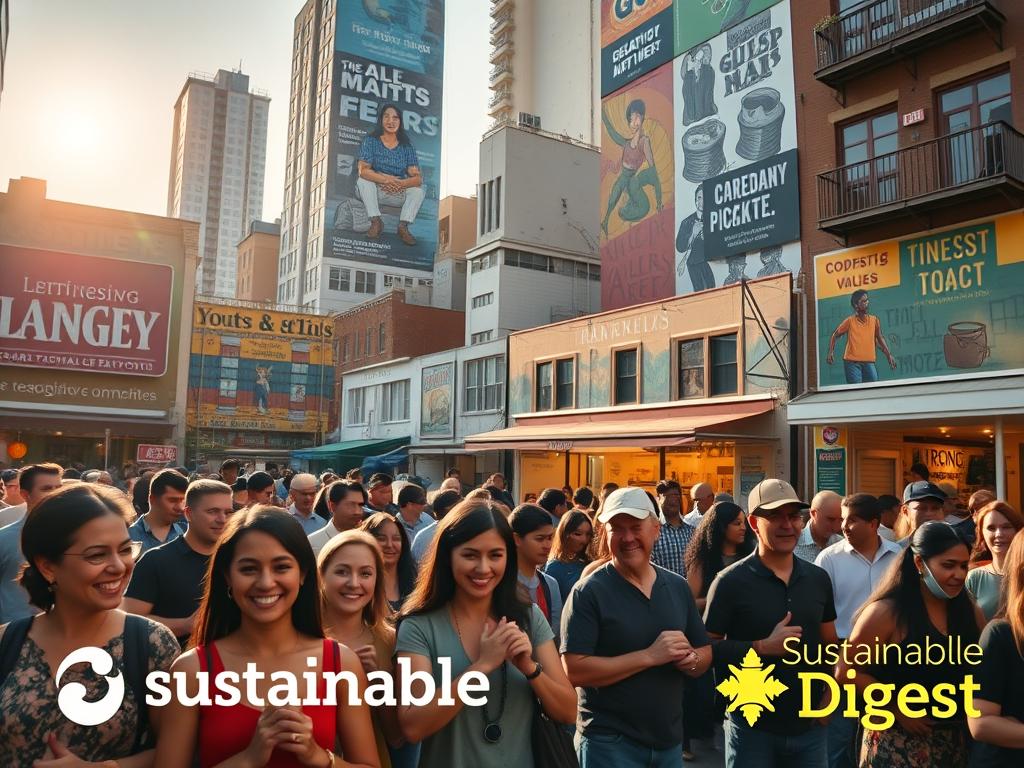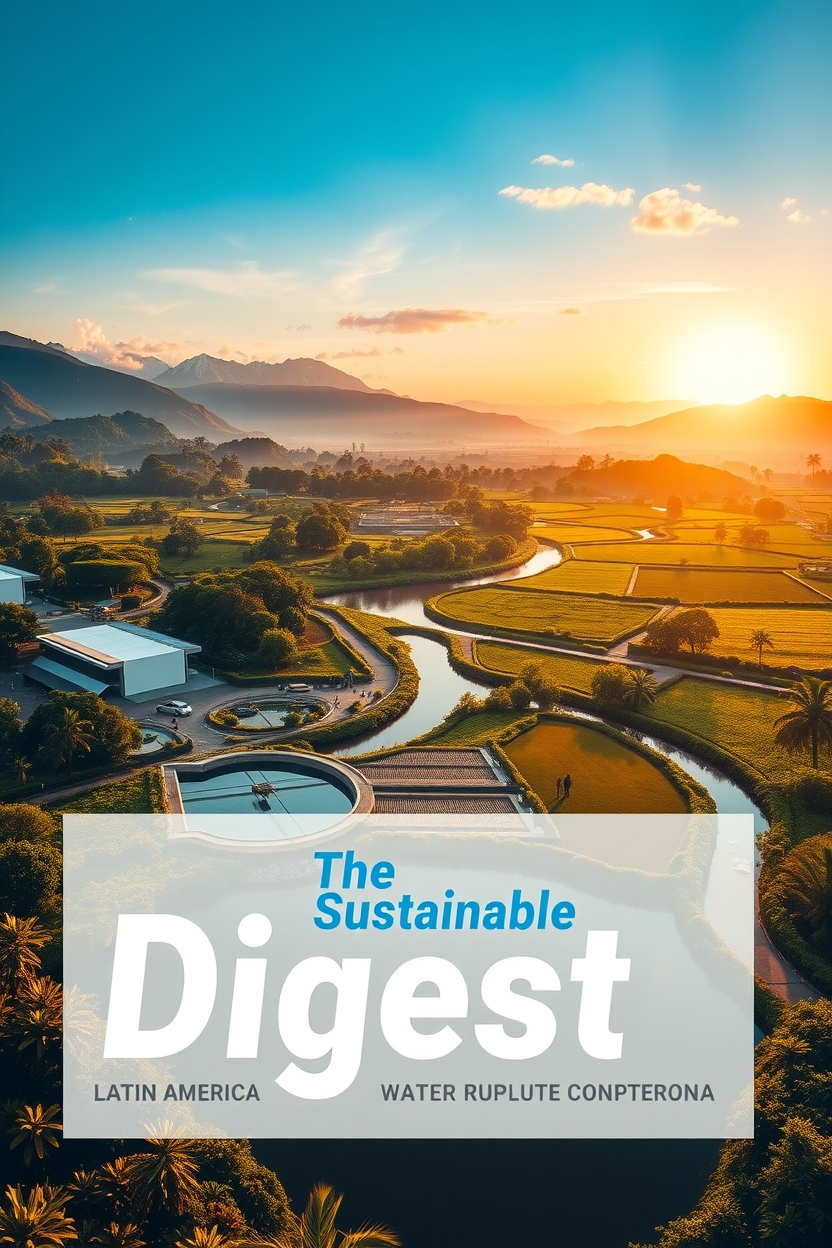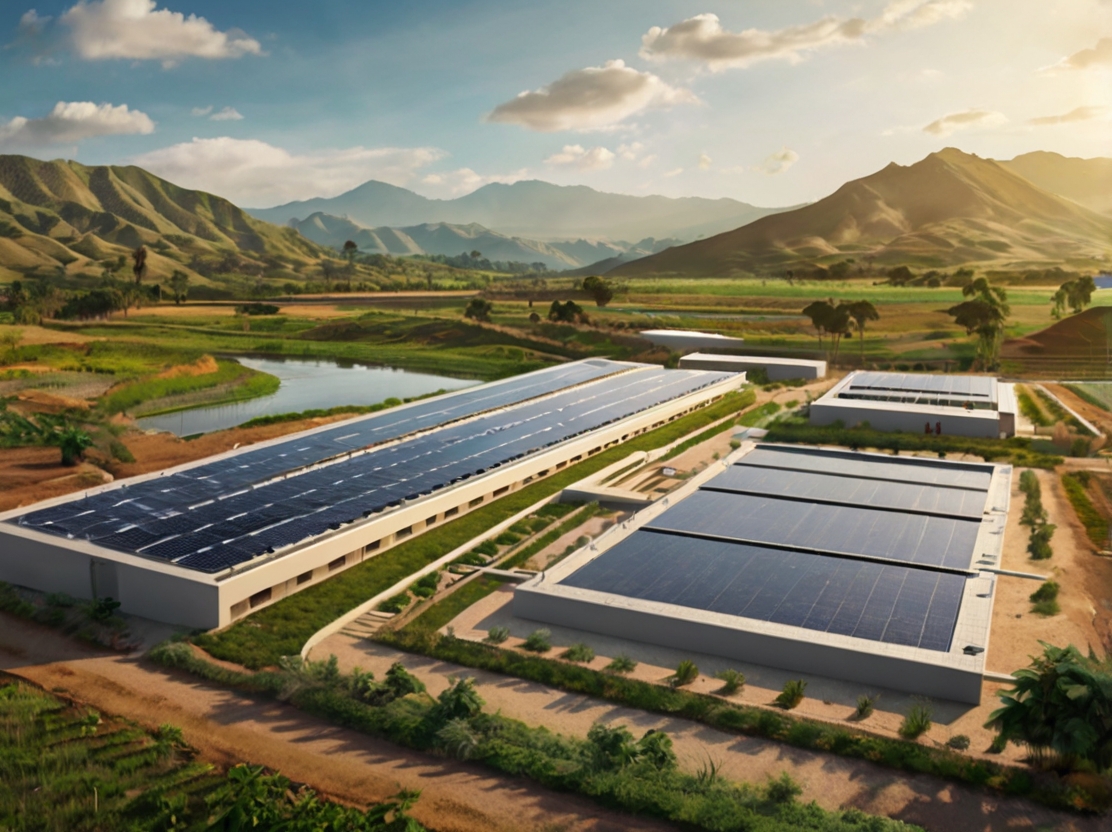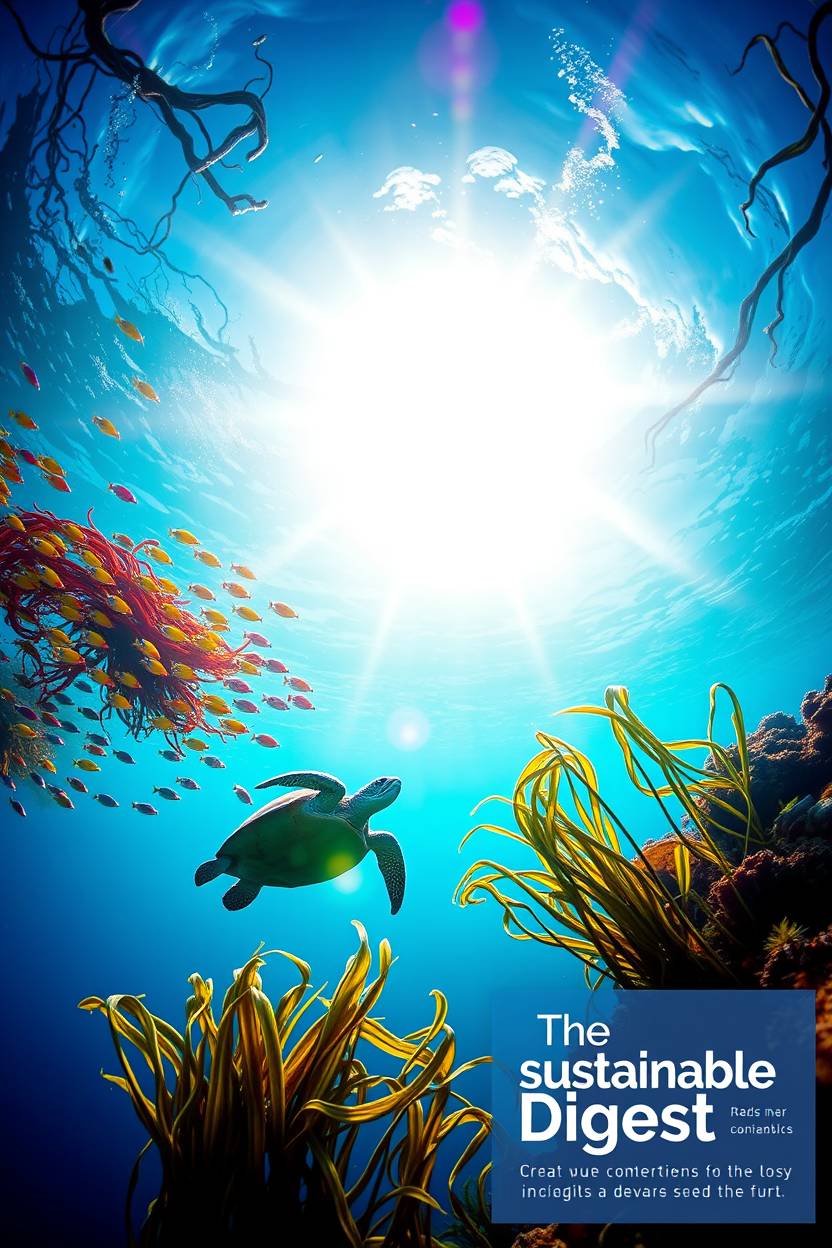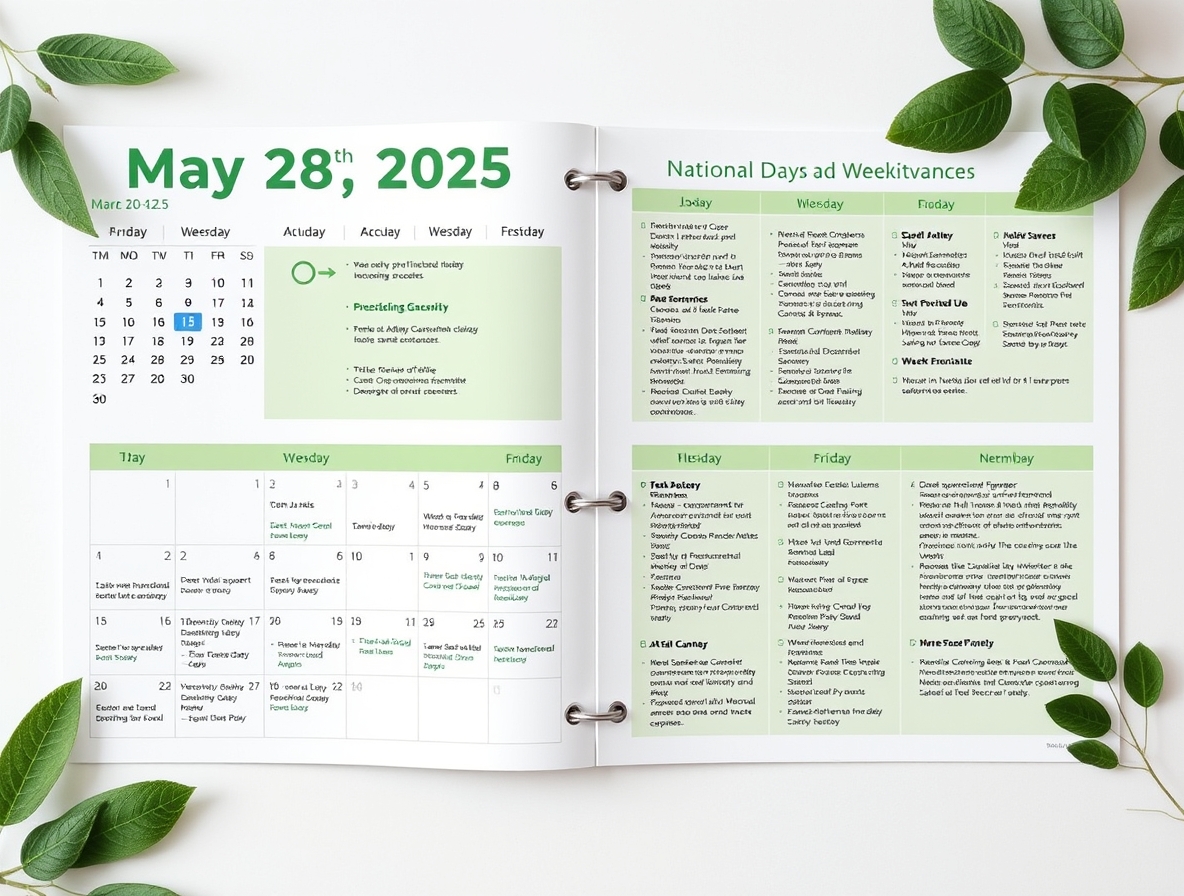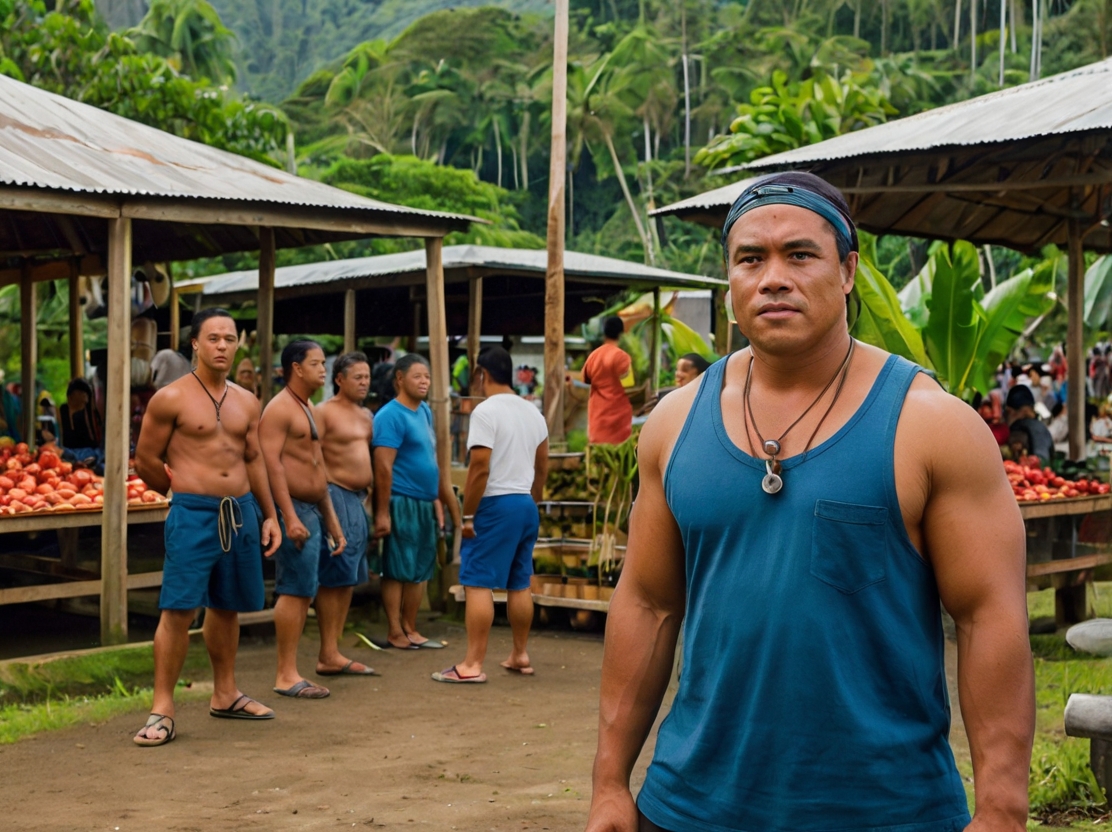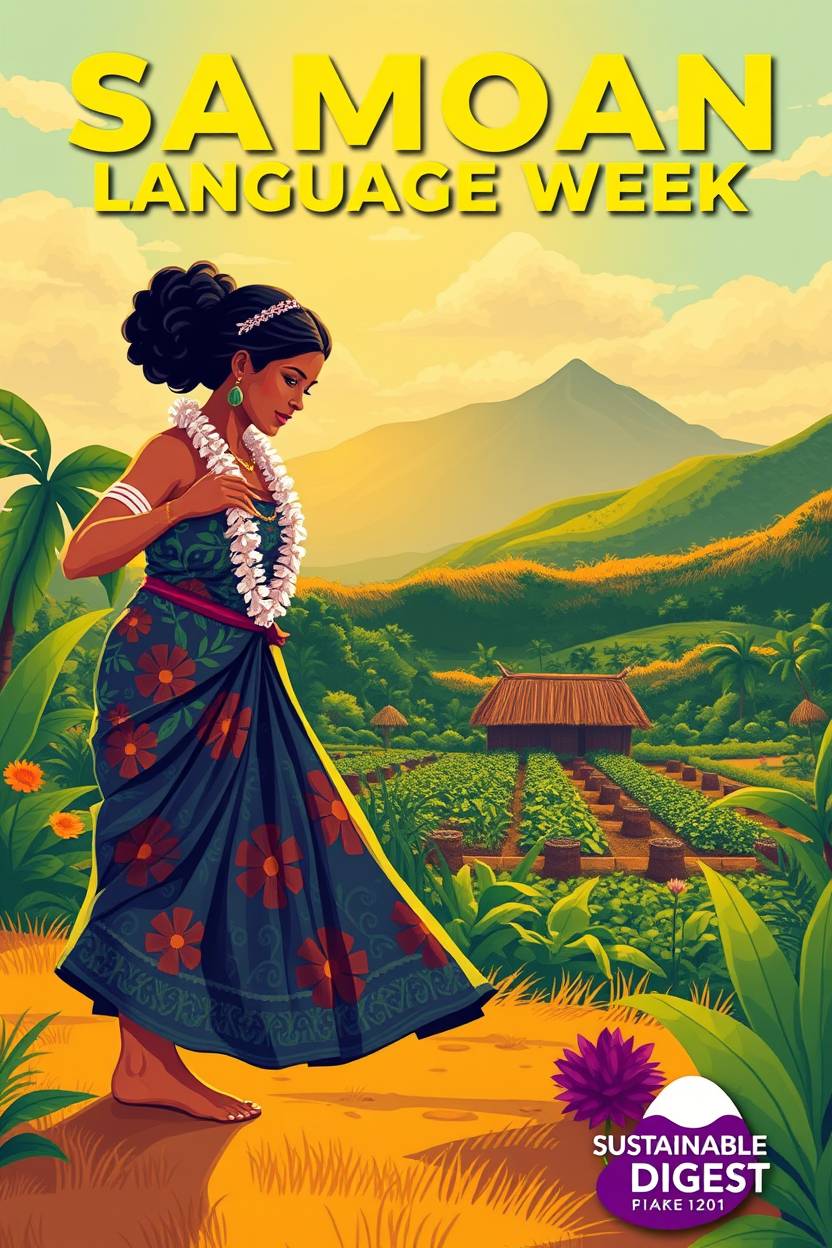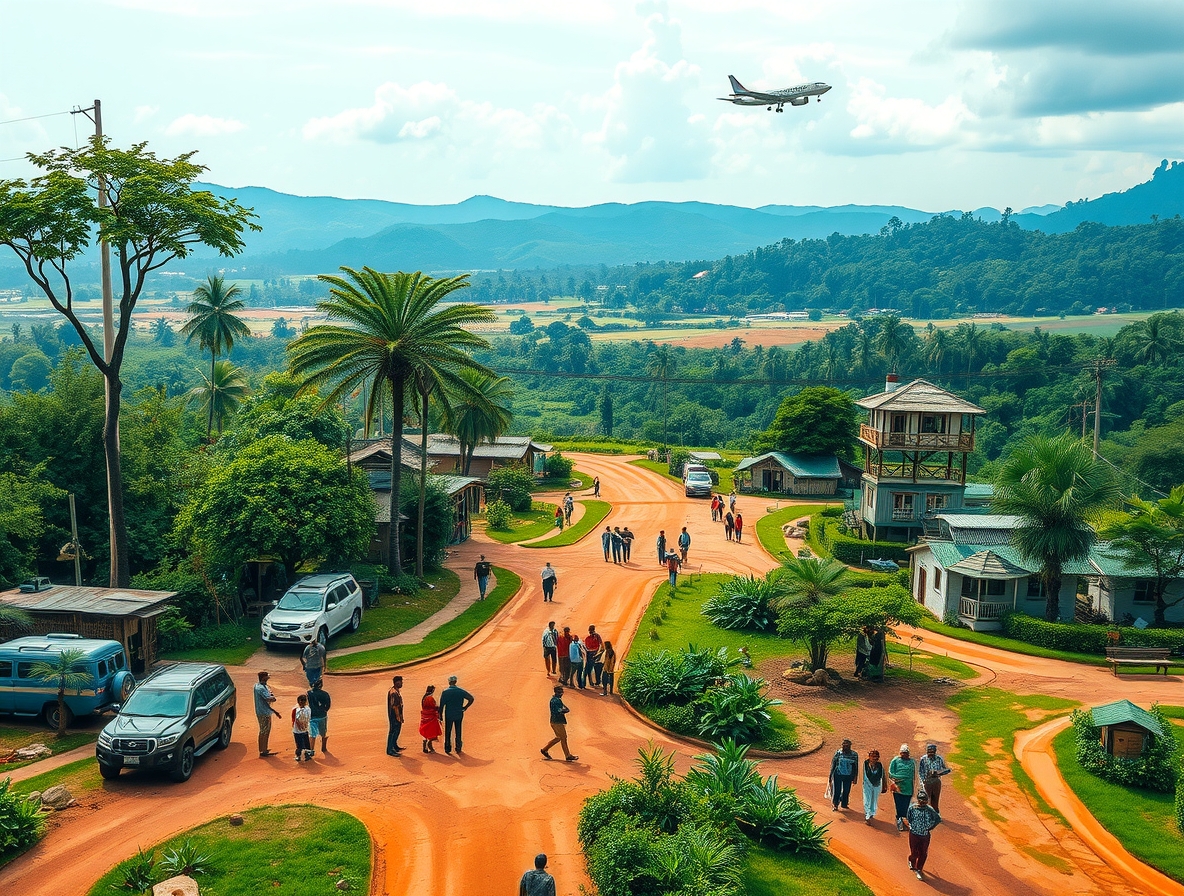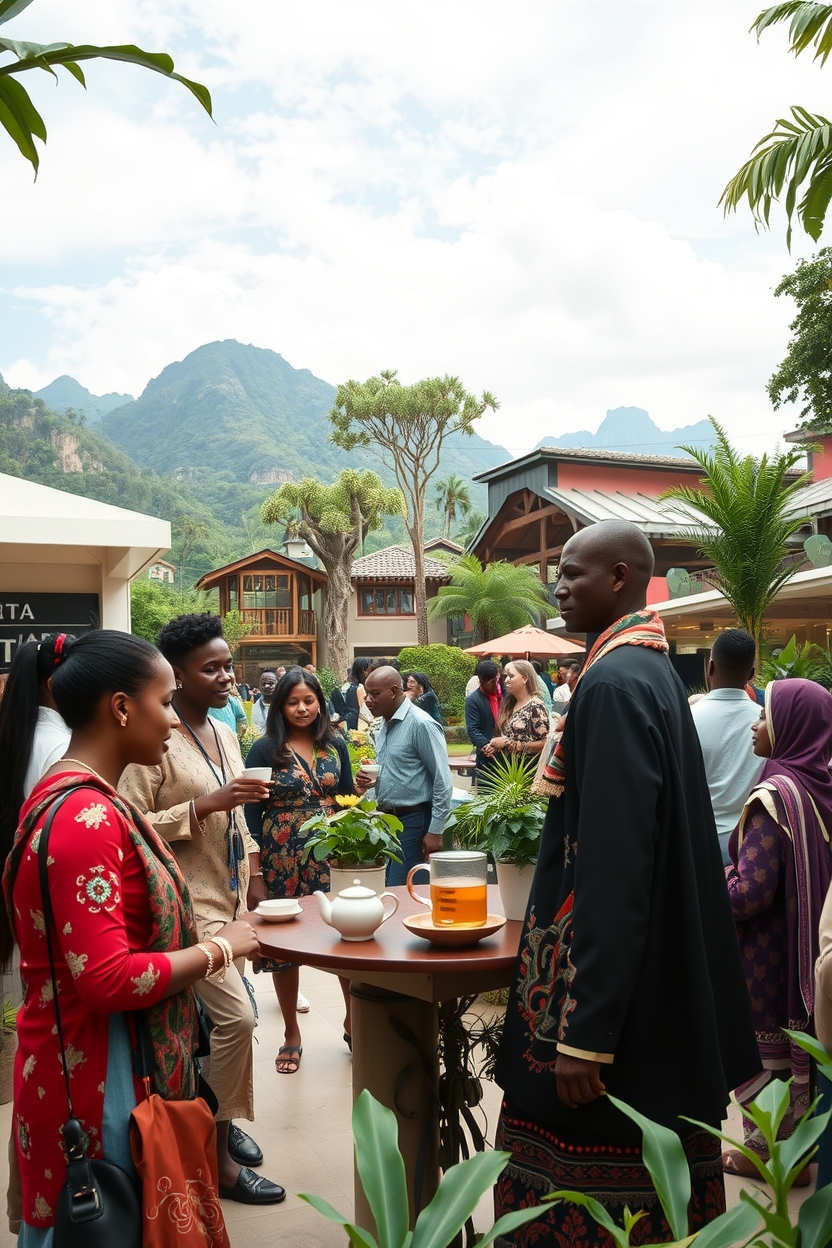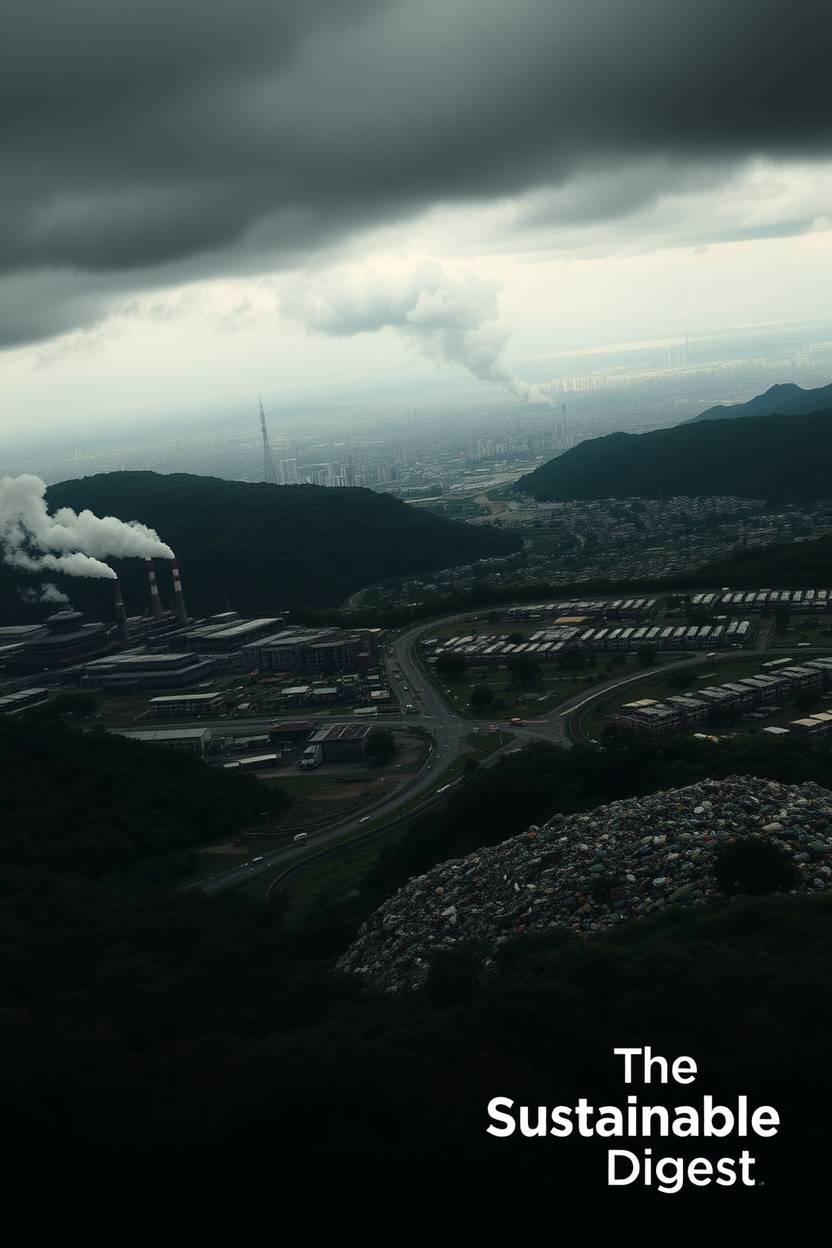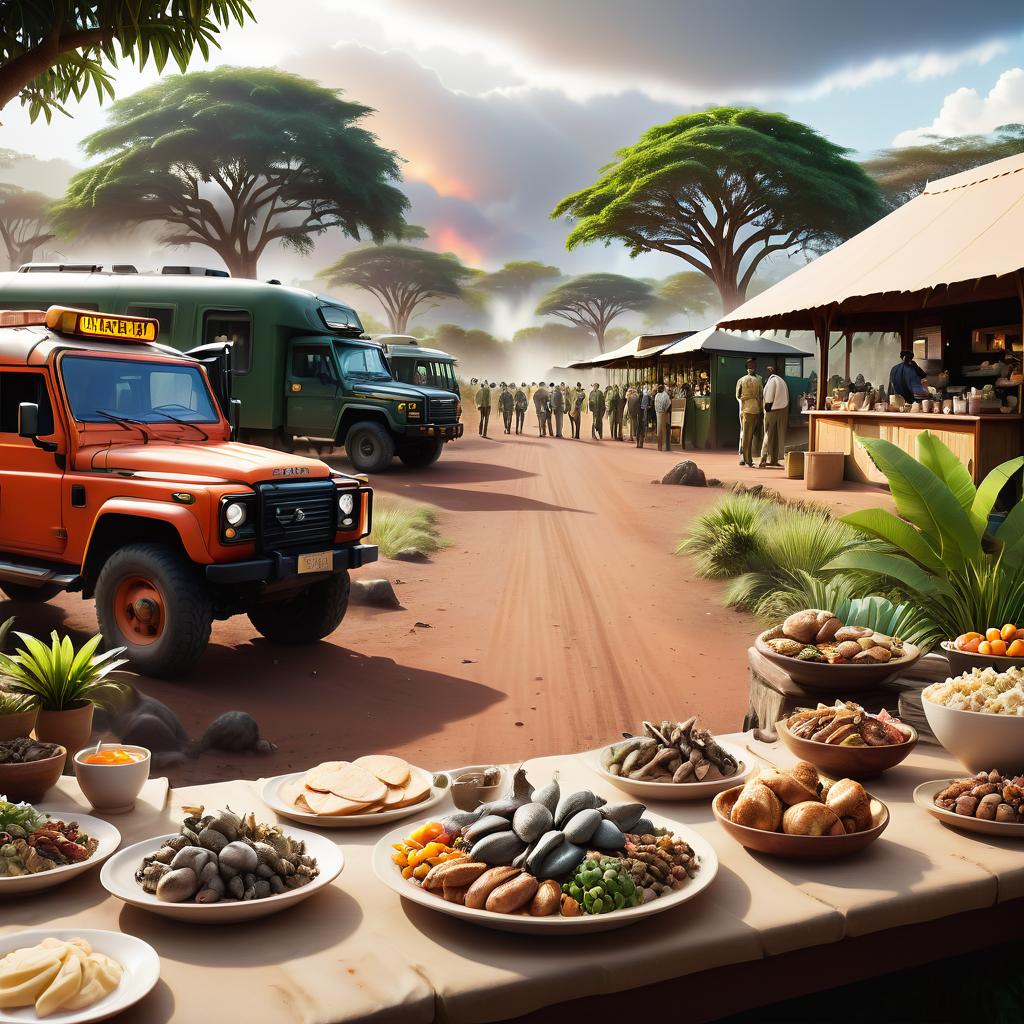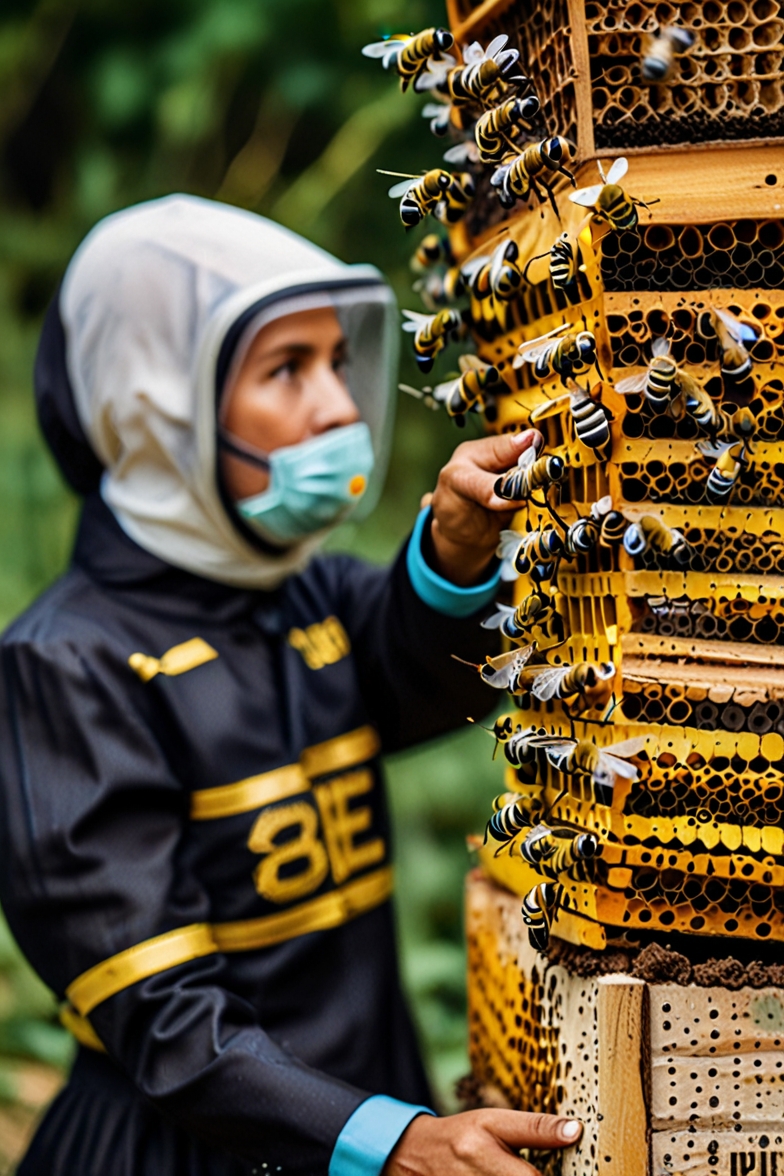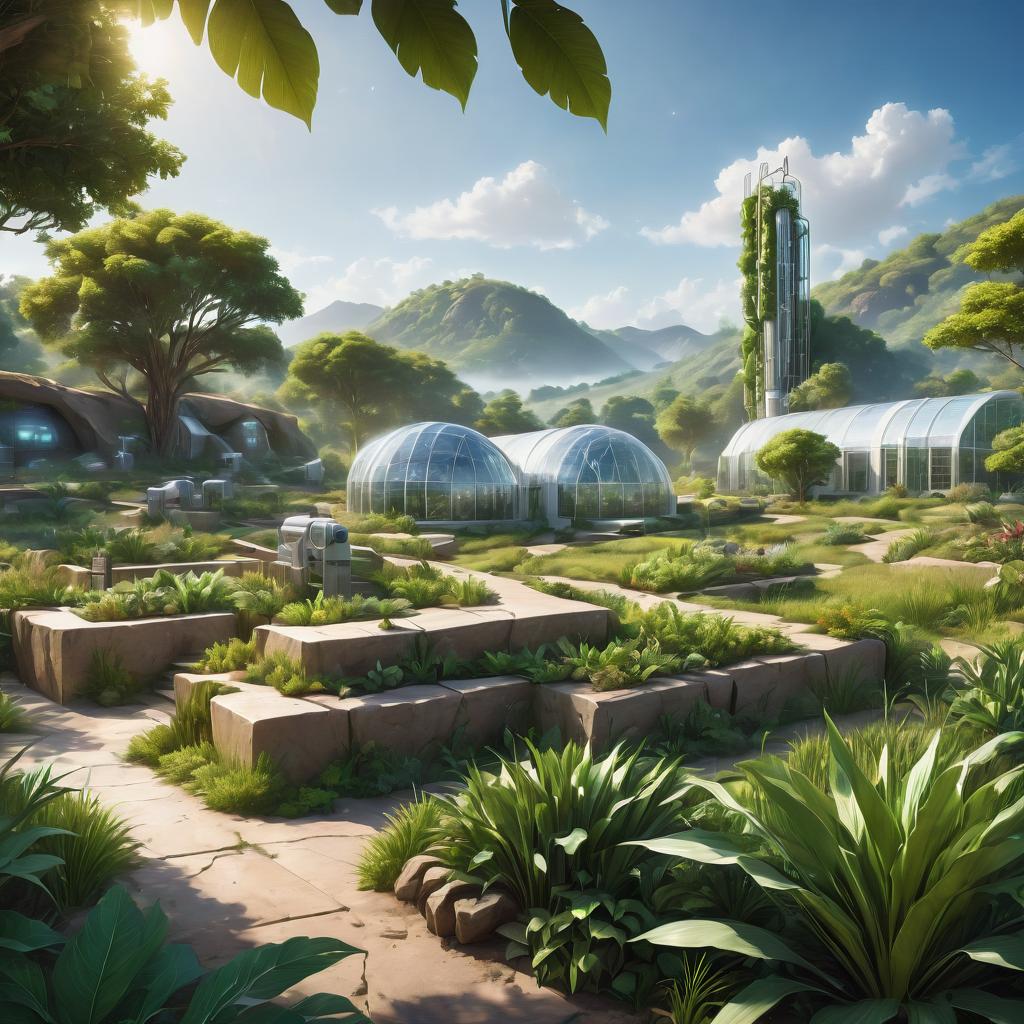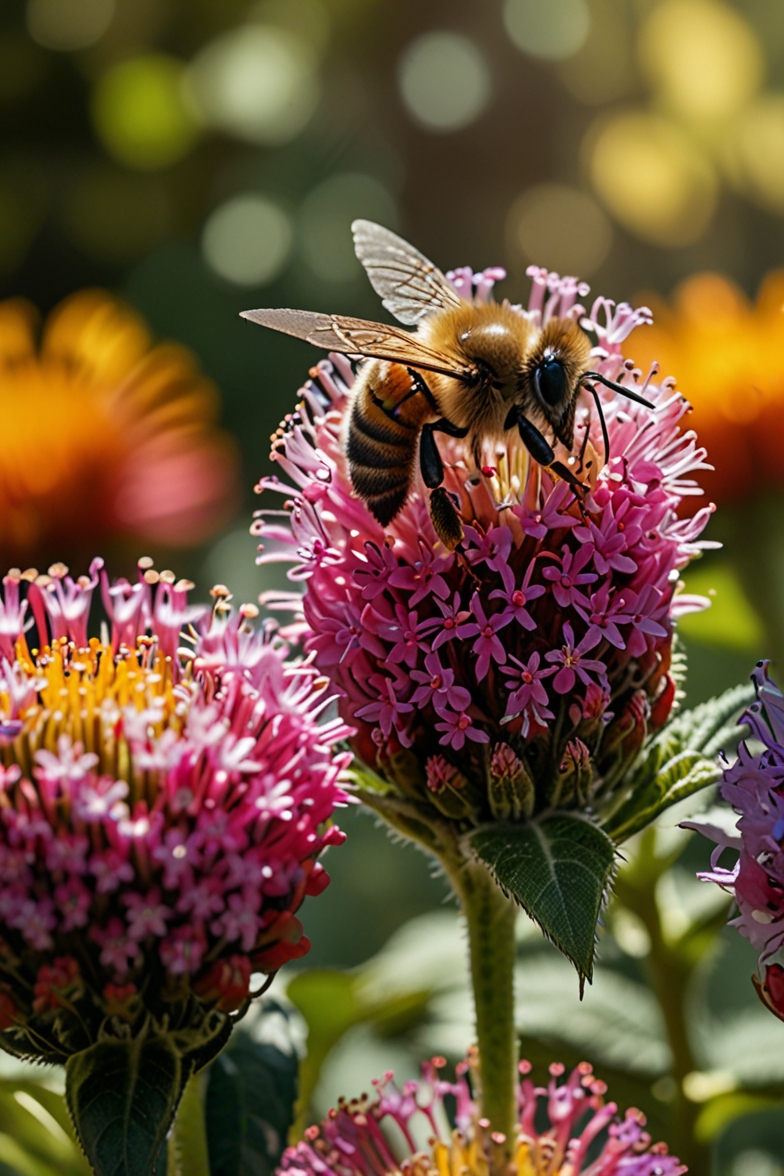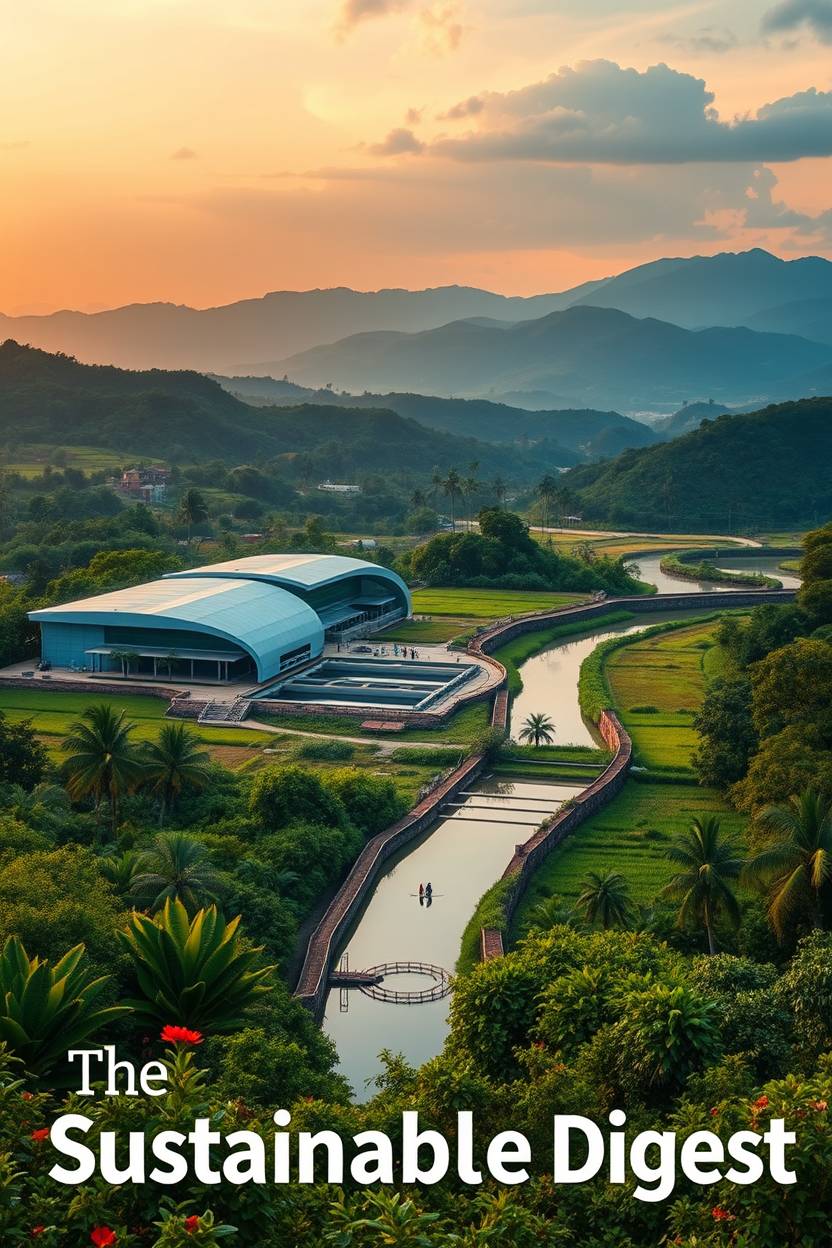
The start of June is a key time for global sustainability efforts. It’s filled with events that focus on saving the environment and bringing people together.

The first week of June is packed with sustainable observances and holidays in June. These events push people to live more sustainably.
Important days include World Environment Day on June 5 and World Bicycle Day on June 3. Both are vital for global sustainability.
The Significance of June’s First Week in Global Sustainability Efforts
The first week of June is packed with important environmental events. These events show the world’s focus on sustainability. They highlight the need for us to work together to protect our planet.
The Convergence of Environmental Observances
In the first week of June, we see important days like World Oceans Day and Reef Awareness Day. These days focus on saving our oceans and marine life. Experts say, “The health of our oceans is tied to the health of our planet.”
“The state of our oceans shows the state of our planet; protecting them is our duty.”
Historical Development of June’s Sustainability Focus
June’s focus on sustainability has grown over time. We’ve seen many environmental achievements in this month. Knowing this history helps us understand the importance of today’s efforts.
Key Environmental Milestones in Early June
Early June is filled with important environmental days. World Oceans Day is on June 8th, and World Environment Day is on June 5th. These days remind us of the need for ongoing environmental action. By joining in, we help with global sustainability efforts.
World Environment Day: The Cornerstone of June’s Eco-Celebrations
World Environment Day is a key event that shows how important it is to live sustainably and protect our environment. It’s celebrated every year on June 5th. It’s a time when people all over the world come together to talk about and act on environmental problems.
History and Purpose of World Environment Day
The United Nations started World Environment Day in 1972. It was first celebrated in 1973. It aims to make everyone aware of the environment and get governments and businesses to take action.
Over time, it has become a big event. It involves governments, companies, and people working together for the same goal.
“The Earth has enough for everyone’s need, but not enough for everyone’s greed.” – Mahatma Gandhi
This Year’s Theme and Global Activities
Every year, World Environment Day has a special theme. This year, it’s about fixing our ecosystems. It’s about making our natural world healthy again.
There are many activities happening around the world. People are planting trees and cleaning up their communities. These actions help take care of our planet.

Sustainable Ways to Participate
You can join in World Environment Day by living more sustainably. Simple things like using less plastic, saving water, and recycling can really help.
Zero-Waste Celebration Ideas
| Activity | Impact | Tips |
|---|---|---|
| Use reusable bags and containers | Reduces plastic waste | Keep them handy for shopping |
| Compost food waste | Decreases landfill waste | Start a compost bin at home |
| Choose products with minimal packaging | Lessens packaging waste | Opt for bulk purchases |
By doing these things, you can help make the world a better place. World Environment Day becomes a special day for everyone.
World Bicycle Day: Promoting Sustainable Transportation
Cycling is becoming more popular around the world. World Bicycle Day leads this movement, pushing for eco-friendly travel. As more people cycle, they see the benefits for the environment, health, and economy.
The Environmental Benefits of Cycling
Cycling is a green way to get around, cutting down on carbon emissions. It helps make the air cleaner and our environment healthier. Plus, it helps reduce our use of fossil fuels and eases traffic in cities.
Community Cycling Initiatives Across America
In America, communities are starting cycling projects to get more folks cycling. They host community bike rides, workshops, and make bike-friendly paths. These efforts not only boost cycling but also bring people together.
How to Organize a Sustainable Bicycle Day Event
Setting up a World Bicycle Day event takes planning. You need to map out a route, spread the word, and ensure safety. Events like bike-to-work days, group rides, and safety workshops can make a big difference. They help spread the word about cycling’s benefits.
Bike-to-Work Programs for Businesses
Companies can help by starting bike-to-work programs. These might offer subsidized bike purchases, safe bike spots, and showers. Supporting these programs can make a workplace healthier and more eco-friendly.
National Trails Day: Celebrating and Preserving America’s Natural Pathways
National Trails Day is a key event in the environmental calendar. It highlights the need for trail conservation and sustainable hiking. This day brings together outdoor lovers, conservationists, and local communities to celebrate and protect America’s trails.

Ecological Importance of Trail Conservation
Trail conservation is vital for keeping biodiversity, preventing erosion, and protecting natural habitats. Trails often go through sensitive ecosystems. Keeping them maintained helps protect these areas from human harm.
Trail conservation efforts go beyond just keeping trails in good shape. They also involve protecting the environment around them. This includes managing invasive species, fixing damaged habitats, and teaching trail users about conservation.
Volunteer Opportunities for Trail Maintenance
National Trails Day is a great time to help with trail maintenance. Volunteer groups do cleanups, fix trails, and build new ones. These efforts not only improve trails but also bring people together.
By joining volunteer trail maintenance, you help keep natural paths safe. Many groups, like the National Park Service and local trail groups, host events. They provide the tools and training you need.
Sustainable Hiking Practices
Using sustainable hiking practices is key to reducing trail impact. This means staying on trails, avoiding sensitive areas, and not littering. You can also lower your carbon footprint by choosing eco-friendly gear and travel options.
Leave-No-Trace Principles for Trail Users
The Leave-No-Trace principles guide us in reducing our impact on trails. They include planning ahead, staying on trail, disposing of waste correctly, and respecting wildlife. By following these, we help keep trails beautiful for everyone to enjoy.
World Oceans Day and Reef Awareness Day: Protecting Marine Ecosystems
World Oceans Day reminds us of the need to protect our oceans. Our oceans are key to our planet’s health.
The Connection Between Ocean Health and Climate Stability
Oceans are vital for our climate. They soak up carbon dioxide and make half our oxygen. They also protect us from extreme weather.
But, climate change harms our oceans. It makes them more acidic and warmer. This hurts marine life a lot.
Coral Reef Conservation Efforts
Coral reefs are full of life. We’re working to save them. This includes creating protected areas and fixing damaged reefs.
We also support fishing that’s good for reefs. This helps reefs stay healthy.
Sustainable Seafood Choices and Plastic Reduction
Choosing the right seafood and using less plastic helps our oceans. Pick seafood that’s caught or farmed the right way. This stops bad fishing methods.
Community Beach Clean-Up Organization Guide
Organizing a beach clean-up is a great way to help. It brings people together and makes a real difference. First, pick a date and get volunteers.
Then, work with local groups. This helps keep our oceans clean.
| Action | Impact | Ease of Implementation |
|---|---|---|
| Reduce Plastic Use | High | Easy |
| Choose Sustainable Seafood | High | Moderate |
| Participate in Beach Clean-Ups | Moderate | Easy |
Global Wind Day: Celebrating Renewable Energy Progress
Global Wind Day highlights the importance of renewable energy for our future. It’s a time to look back at wind energy’s growth and encourage more use of green sources.
The Growth of Wind Energy in the United States
In the last ten years, the U.S. has grown its wind energy a lot. Wind energy is now a big part of our renewable energy. It helps cut down on harmful emissions.

Community Wind Energy Projects
Community wind projects are key in the renewable energy world. They let local areas invest in and enjoy wind energy. This boosts local energy independence and green living.
Educational Activities About Renewable Energy
Learning about renewable energy is very important. On Global Wind Day, many efforts are made to teach people about wind energy. This helps show its great potential.
Home Energy Audits and Efficiency Improvements
Doing home energy audits and making homes more efficient is a great way to support green energy. It cuts down on energy use and makes homes more eco-friendly.
Observances and Holidays for the First 7 Days of June for Global Sustainability: A Comprehensive Overview
The first week of June is filled with celebrations focused on global sustainability. These events highlight environmental, cultural, and health-related topics.
Environmental Awareness Days
World Environment Day on June 5th is a key event for environmental awareness. It encourages people all over the world to help protect our planet. World Oceans Day on June 8th also plays a role, starting efforts to save our oceans early in the month.
Cultural Celebrations with Sustainability Components
Cultural events like Shavuot, a Jewish harvest festival, help us think about sustainable living. Indigenous celebrations, such as Gawai Dayak, also focus on living in harmony with nature.
Health and Wellness Observances with Eco-Friendly Approaches
Health observances, like Global Running Day, promote eco-friendly fitness. This includes using sustainable athletic wear and organizing zero-waste sports events.
Calendar of Sustainable Activities for Early June
| Date | Observance | Sustainability Focus |
|---|---|---|
| June 1 | Global Day of Parents | Sustainable parenting practices |
| June 5 | World Environment Day | Environmental protection |
| June 6 | World Bicycle Day | Sustainable transportation |
Joining in these events can help make our future more sustainable.
Family-Focused Celebrations: Global Day of Parents and International Children’s Day
Families can unite on the Global Day of Parents and International Children’s Day. These days are perfect for teaching eco-friendly habits. They help families grow closer while learning about taking care of our planet.
Sustainable Parenting Practices
Sustainable parenting means making choices that help the environment. This includes using green baby products and reducing waste. It’s also about choosing clothes that are good for the planet.
The Environmental Protection Agency (EPA) says making green choices at home helps a lot. For example, buying items with less packaging or second-hand items can really help.
Eco-Friendly Family Activities
Doing eco-friendly things together is great for learning and fun. It can be as simple as cleaning up a park or starting a garden at home.
“The earth has enough for everyone’s need, but not enough for everyone’s greed.” – Mahatma Gandhi’s words remind us of our impact on the earth.
Teaching Children About Environmental Stewardship
Teaching kids about taking care of the earth is key. It helps them grow up caring for our planet. Simple actions like recycling and saving water are good lessons.
Intergenerational Sustainability Projects
Projects that involve kids and grandparents are special. They help pass on the importance of caring for the earth. Activities like composting or gardening together are fun for everyone.

Health and Wellness Observances: Global Running Day and National Barefoot Day
Health and wellness observances like Global Running Day and National Barefoot Day promote sustainable living. They encourage people to think about the environmental impact of their fitness choices.
The Environmental Impact of Running Gear
Running gear, like shoes and clothes, harms the environment. The production and disposal of synthetic materials pollute and waste. Eco-friendly alternatives, like clothes made from recycled materials, are gaining popularity.
Sustainable Athletic Wear and Equipment
Athletes are looking for sustainable athletic wear that’s good for the planet. Brands are making products with recycled materials.
Organizing Zero-Waste Sporting Events
Hosting zero-waste sporting events helps reduce fitness activities’ environmental impact. This can be done by planning carefully, using digital materials, and ensuring proper waste disposal.
Eco-Friendly Fitness Challenges
| Fitness Challenge | Eco-Friendly Aspect | Benefit |
|---|---|---|
| Running Challenge | Using recycled water bottles | Reduces plastic waste |
| Cycling Challenge | Promoting bike maintenance | Extends bike lifespan |
| Fitness Bingo | Outdoor activities | Encourages appreciation for nature |
By joining eco-friendly fitness challenges and sustainable practices, people can help the environment. They also keep their bodies healthy.
Cultural and Heritage Celebrations in Early June
Cultural and heritage celebrations in early June are special. They let us celebrate our diversity and live more eco-friendly. These events show us how to care for our planet.
Gawai Dayak: Indigenous Wisdom for Sustainability
Gawai Dayak is a festival in Sarawak, Malaysia. It honors the Dayak community’s deep connection with nature. Indigenous communities teach us how to live sustainably.
Madaraka Day and Samoa Independence Day: Celebrating with Eco-Consciousness
Madaraka Day in Kenya and Samoa Independence Day are big celebrations. They can be made even better by adding eco-friendly actions. We can reduce waste and save energy during these events.
Shavuot: Traditional Harvest Festival with Modern Sustainability Lessons
Shavuot is a Jewish harvest festival. It teaches us about the importance of harvests and sustainable farming. Sustainable farming is a key part of this celebration.
Incorporating Cultural Sustainability Practices
We can make these celebrations better by adding eco-friendly actions. We can use less plastic, support local crafts, and choose green transport.

By doing this, we keep our heritage alive while protecting the planet for the next generations.
Business and Organizational Participation in June Sustainability Observances
In June, businesses and organizations can join in on sustainability observances. This helps create a culture of caring for the environment. By taking part in eco-friendly actions, companies show they care about corporate social responsibility and a greener future.
Corporate Social Responsibility Initiatives
Companies can start CSR projects like cutting down energy use, encouraging recycling, and backing environmental projects. For example, a company might team up with a local group for a clean-up event. This boosts their image and helps the environment.
Employee Engagement in Environmental Activities
Getting employees involved in green activities builds a strong community within the company. It also promotes a culture of sustainability. Companies can motivate employees to use public transport, carpool, or cut down on waste.

Sustainable Marketing and Event Planning
Businesses can use green marketing and event planning to lessen their environmental impact. This means using digital ads, cutting down on paper, and choosing venues that are eco-friendly.
Measuring and Reporting Sustainability Impact
To see if their green efforts are working, businesses need to track and share their environmental impact. This involves regular checks, setting green goals, and openly sharing their progress.
| Sustainability Metric | Baseline Value | Target Value |
|---|---|---|
| Energy Consumption | 100,000 kWh | 80,000 kWh |
| Water Usage | 50,000 liters | 40,000 liters |
| Waste Reduction | 200 kg | 150 kg |
By joining in June’s green efforts, businesses help protect the environment. They also improve their reputation and attract customers who care about the planet.
Conclusion: Embracing Sustainable Celebrations Year-Round
Reflecting on the first week of June, we see that sustainable celebrations are ongoing. By adding eco-friendly habits to our daily lives, we help the planet. This supports global efforts to protect our environment.
Days like World Environment Day and World Oceans Day show us how crucial it is to care for our planet. Celebrations like Caribbean-American Heritage Month also show how diverse groups can unite for sustainability. These events are key to promoting a greener world.
To keep the spirit of these events alive all year, we can all make small changes. Reducing waste, saving energy, and choosing eco-friendly products are just a few ways. These actions help us achieve sustainability every day.
By integrating sustainability into our celebrations and daily routines, we pave the way for a greener future. It’s vital to keep up with global efforts to protect our planet. Together, we can make a big difference.

Key Takeaways
- Join local events that support sustainable living.
- Discover why World Environment Day is important.
- Find out how cycling benefits us on World Bicycle Day.
- Start using eco-friendly habits in your daily routine.
- Work with your community to help the planet.










